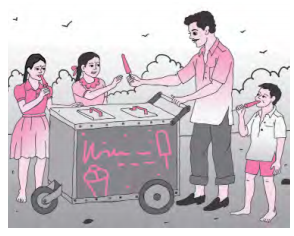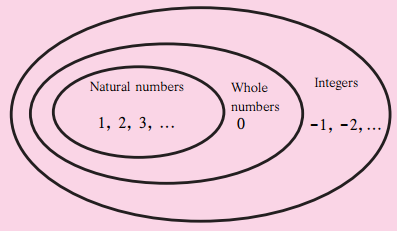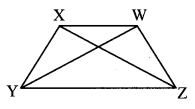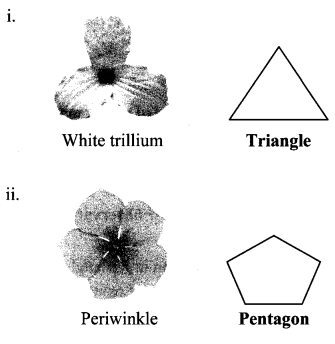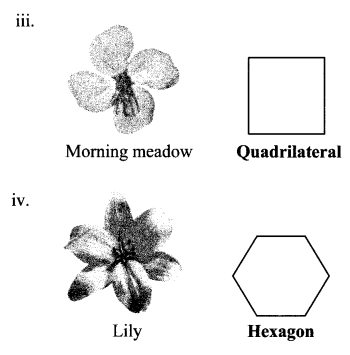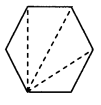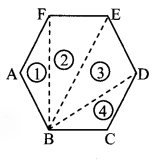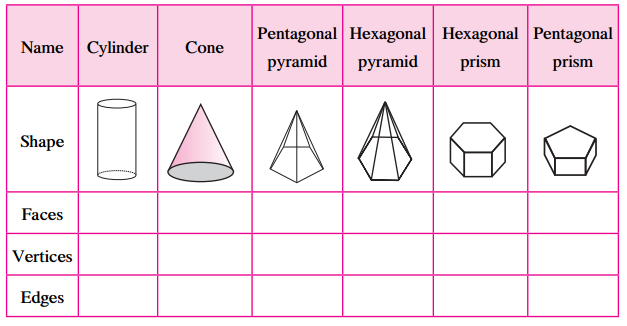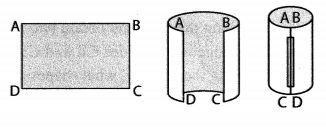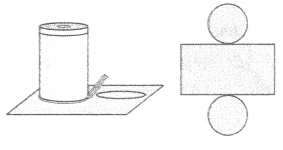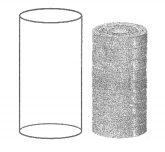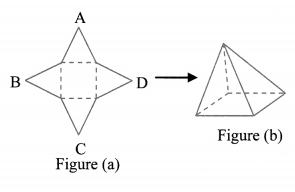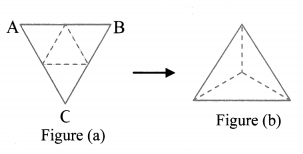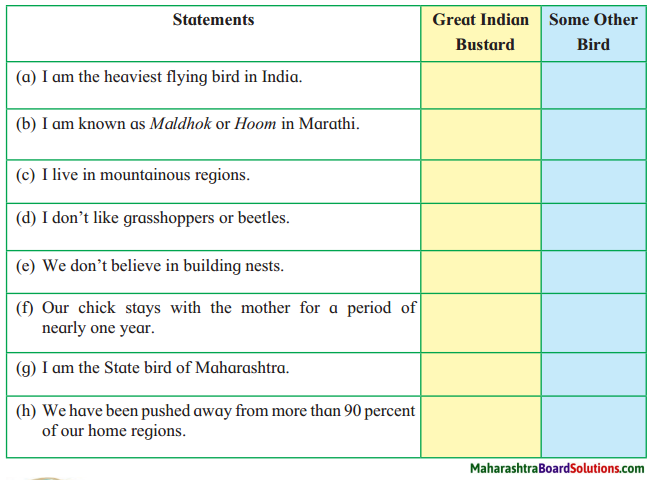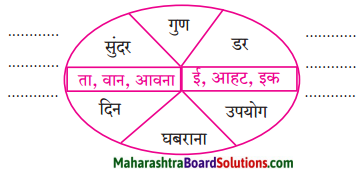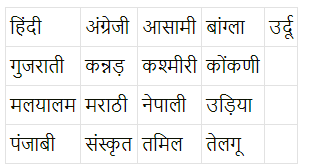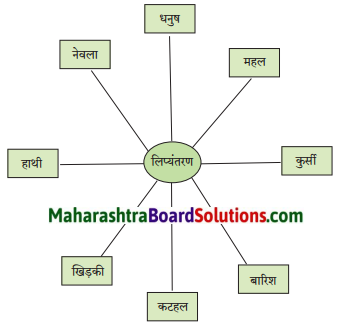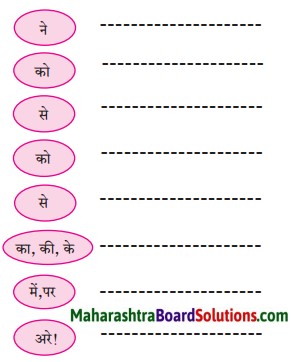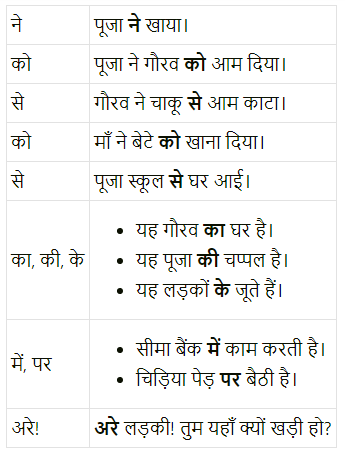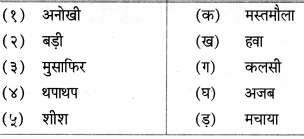Balbharti Maharashtra State Board Class 6 History Solutions Chapter 4 The Vedic Civilization Notes, Textbook Exercise Important Questions and Answers.
Maharashtra Board Class 6 History Solutions Chapter 4 The Vedic Civilization
Class 6 History Chapter 4 The Vedic Civilization Textbook Questions and Answers
1. Name the following with reference to the lesson:
The Vedic Civilization Class 6 Question 1.
Women scholars in Vedic literature:
Answer:
Lopamudra, Gargi, Maitreyi.
The Vedic Civilization Class 6 Questions And Answers Question 2.
Means of entertainment in the Vedic period:
Answer:
Singing, playing musical instruments, dance, board games, chariot race and hunting.

The Vedic Civilization Class 6 Questions And Answers Maharashtra Board Question 3.
The four ashrams:
Answer:
Brahmacharyashrama, Grihasthashrama, Vanaprasthashrama, Sanyasashrama
2. Right or wrong?
Class 6 History Chapter 4 Question 1.
Rigveda – Mantras uttered during yajna.
Answer:
Wrong.
Vedic Age Question And Answer Class 6 Question 2.
Samaveda – Guidance on singing a mantra during yajna rites.
Answer:
Right.
Vedic Civilization Class 6 Question 3.
Atharvaveda – The Veda derived its name from Atharva rishi.
Answer:
Right.
3. Answer in one word each:
Class 6 History Chapter 4 Questions And Answers Question 1.
The language of Vedic literature:
Answer:
Sanskrit.
Chapter 4 Class 6 History Question 2.
The meaning of vid:
Answer:
To know.
Class 6 History Chapter 4 Notes Question 3.
The head of a family:
Answer:
Grihapati.
History Class 6 Chapter 4 Question 4.
The head of shrenis:
Answer:
Shreshthi

4. Name the following:
Question 1.
The musical instruments you know:
Answer:
Guitar, drums, piano (Keyboard).
Question 2.
Two modern ornaments of women:
Answer:
Earing, necklace.
Question 3.
Today’s means of entertainment:
Answer:
Movies, computer games, T.V.
5. Answer in short:
Question 1.
What foods were included in the diet of the Vedic people?
Answer:
(a) The diet of the people mainly consisted of cereals like wheat, barley and rice. From this they made different preparations like java, godhoom, vihi, etc.
(b) They also relished milk, yoghurt, ghee, butter, honey, black gram, lentil, sesame and meat.
Question 2.
Why were the cows priced highly?
Answer:
(a) Cows were used as means of exchange. They were highly priced.
(b) For the same reason people took great care that their cows should not be stolen.
Question 3.
What was a man expected to do in sanyasashrama ?
Answer:
The fourth stage was the sanyasharam. At this stage a man was expected to renounce all relations, lead a life in order to understand the meaning of human life and not stay in one place.
6. Write notes on:
Question 1.
The religious ideas during the vedic period.
Answer:
(a) In the religious ideas of the vedic period, forces of nature such as the sun, wind, rain, lightening, storms and rivers were given the form of deities.
(b) Yajna is the act of offering havi into fire. The Vedic people put offering (havi) into the yajna fire to please the deities.
Question 2.
Houses in the Vedic period.
Answer:
The houses during the vedic period were earthen or wattle and daub constituents. Wattle means woven lattice of wooden strips which is daubed with clay mixed with cow dung. A house was called griha or shala.
Question 3.
Political system in the Vedic period.
Answer:
(a) The main duties of a king were to protect the people, collect taxes and run the administration efficiently.
(b) In order to run the administration smoothly, the king appointed various officers like the purohit (priest), the senapati and bhagdugh.
(c) There were four institutions who guided the king – sabha, samiti, vidath and jana.
Activity:
- Interview some artisans in your locality and write about them.
- List the new words in the lesson and find their meaning.

Class 6 History Chapter 4 The Vedic Civilization Additional Important Questions and Answers
Name the following with reference to the lesson:
Question 1.
Houses during the Vedic period:
Answer:
Griha or Shala.
Question 2.
The four varnas:
Answer:
Brahmin, Kshatriya, Vaishya and Shudra,
Question 3.
Four institutions who guided the king:
Answer:
Sabha, samiti, vidath and jana.
Right or Wrong?
Question 1.
Brahmanas – Guidance on using vedic mantra in yajna rituals.
Answer:
Right.
Question 2.
Institution who guided the king – Purohit, senapati, bhagdugh.
Answer:
Wrong.
Answer in one word each:
Question 1.
The head of vish:
Answer:
Vishpati.
Question 2.
The head of jana:
Answer:
Nripa.
Complete the sentences by choosing the correct option:
Question 1.
The civilization that is based on vedic literature is known as _________ civilization.
(a) vedic
(b)purans
(c) samhitas
Answer:
(a) vedic

Question 2.
The Vedas are considered to be our _________ literature.
(a) modem
(b) earliest
(c) medieval
Answer:
(b) earliest
Question 3.
The _______ were composed by many sages or rishis.
(a) Brahmana
(b) Aryanakas
(c) Vedas
Answer:
(c) Vedas
Question 4.
Vedic literature is written in _________.
(a) English
(b) Hindi
(c) Sanskrit
Answer:
(c) Sanskrit
Question 5.
The Rigveda is considered to be the _______ text.
(a) first
(b) second
(c) third
Answer:
(a) first
Question 6.
The Vedas have been preserved through the ________ tradition.
(a) ancient
(b) oral
(c) printed
Answer:
(b) oral
Question 7.
The vedas are also called as ________.
(a) Shruti
(b) Mayuri
(c)Yagna
Answer:
(a) Shruti
Question 8.
Each verse of the Veda is known as a ______.
(a) Shruti
(b) Maya
(c) Richa
Answer:
(c) Richa
Question 9.
The Rigveda consists of many ________ composed to praise different deities.
(a) richas
(b) suktas
(c) shruti
Answer:
(b) suktas
Question 10.
Yajurveda provides guidance about how and when the different ______ must be chanted during the yajna rites.
(a) mantras
(b) yajnas
(c) vedas
Answer:
(a) mantras

Question 11.
The samaveda has contributed in a major way in laying the foundation of Indian _______.
(a) society
(b) music
(c) lifestyle
Answer:
(b) music
Question 12.
The Atharvaveda is named after Atharva ________.
(a) Rishi
(b) mantra
(c) veda
Answer:
(a) Rishi
Question 13.
Atharvaveda includes______ to adversities and diseases.
(a) medicine
(b) ways
(c) solutions
Answer:
(c) solutions
Question 14.
The Atharvaveda provides _________ to the king about how he should administer his kingdom.
(a) solution
(b) guidance
(c) tradition
Answer:
(b) guidance
Question 15.
The _______ discuss such serious and profound issues.
(a) Vedas
(b) Aranyakas
(c) Upanishads
Answer:
(c) Upanishads
Question 16.
_________ family system was prevalent in Vedic peroid
(a) Joint
(b) matriarchal
(c) patriarchal
Answer:
(a) Joint
Question 17.
The grihapati was the of the family.
(a) heart
(b) head
(c) hands
Answer:
(b) head
Question 18.
The family system was ______
(a) ancient
(b) matriarchal
(c) patriarchal
Answer:
(c) patriarchal

Question 19.
A ________ was called griha or shala.
(a) house
(b) shed
(c) school
Answer:
(a) house
Question 20.
People in the Vedic period used cotton and woollen ________.
(a) headgear
(b) shawls
(c) garments
Answer:
(c) garments
Question 21.
In the Vedic period, animal skins were also used as ________ the Vedic period.
(a) Agriculture
(b) Clothings
(c) Trade
Answer:
(b) Clothings
Question 22.
_________ was the main occupation during determined on the basis of
(a) Agriculture
(b) birth
(c) death
Answer:
(a) Agriculture
Question 23.
The horse was valued because of its ______.
(a) chariot
(b) speed
(c) beauty
Answer:
(b) speed
Question 24.
The Vedic people were skilled in taming the _______ and harnessing them to the chariots.
(a) cows
(b) bulls
(c) horses
Answer:
(c) horses
Question 25.
The head of the guild was known as ________.
(a) Grihapati
(b) Shreshthi
(c) Raja
Answer:
(b) Shreshthi
Question 26.
A varna was determined by the ________ of the people.
(a) occupation
(b) neighbours
(c) skill
Answer:
(a) occupation

Question 27.
In the later period, the varnas came to be determined on the basis of ________.
(a) bags
(b) birth
(c) shoes
Answer:
(b) birth
Question 28.
The caste system led to ________ in the society.
(a) justice
(b) equality
(c) inequality
Answer:
(c) inequality
Question 29.
The Vedic people put _______ into the yajna fire to please the deities.
(a) offerings
(b) money
(c) water
Answer:
(a) offerings
Question 30.
In the Vedic period, each village had a head known as _______.
(a) grihapati
(b) gramini
(c) nripa
Answer:
(b) gramini
Question 31.
A group of villages formed a vish, whose head was called ________.
(a) grihapati
(b) purohit
(c) vishpati
Answer:
(c) vishpati
Question 32.
The head of the jana was known as nripa or _______.
(a) raja
(b) janapad
(c) senapati
Answer:
(a) raja

Question 33.
The ______ consisted of senior citizens of the state.
(a) samiti
(b) sabha
(c) vidath
Answer:
(b) sabha
Question 34.
After a period of time, the religious stream based on the vedas, smritis, puranas and local traditions came to be known as
(а) Buddhism
(b) Jainism
(c) Hinduism
Answer:
(c) Hinduism
Answer the following in one sentence:
Question 1.
What is vedic civilization?
Answer:
The civilization that is based on vedic literature is known as vedic civilization.
Question 2.
Who composed the vedas?
Answer:
The vedas were composed by many sages or rishis.
Question 3.
In which language is the vedic literature written?
Answer:
Vedic literature is written in Sanskrit.
Question 4.
Name the veda that is considered to be the first text.
Answer:
The Rigveda is considered to be the first text.
Question 5.
Name the four vedas.
Answer:
The four vedas are – Rigveda, Yajurveda, Samaveda and Atharvaveda.
Question 6.
What does Rigveda consist of?
Answer:
The Rigveda consists of many suktas composed to praise different deities.
Question 7.
What does Yajurveda provide?
Answer:
Yajurveda provides guidance about how and when the different mantras must be chanted during yajna rites.

Question 8.
What does Samaveda provide?
Answer:
The Samaveda provides guidance on singing Rigvedic verses to a set rhythm and tune at the time of yajna rites.
Question 9.
After whom is the Atharvaveda named?
Answer:
The Atharvaveda is name after Atharva rishi.
Question 10.
Which texts were written after the Samhitas?
Answer:
The Brahmana texts, Aranyakas and Upanishads were written after the composition of the Samhitas.
Question 11.
What does Aranyakas consists of?
Answer:
Aranyakas consists of the reflections or thoughts expressed after meditating with deep concentration in forests or wilderness.
Question 12.
Which family system was prevalent in the vedic period?
Answer:
Joint family system was prevalent in the vedic period.
Question 13.
Name some women scholars during the vedic period.
Answer:
Women scholars such as Lopamudra, Gargi and Maitreyi are mentioned in the vedic literature.
Question 14.
What did the diet of the people mainly consist of?
Answer:
The diet of the people mainly consists of cereals like wheat, barley and rice.
Question 15.
What was the main occupation during the vedic period?
Answer:
Agriculture was the main occupation during the vedic period.
Question 16.
Name the varnas.
Answer:
The four varnas are Brahmin, Kshatriya, Vaishya and Shudra.
Question 17.
Which four institutions guided the king?
Answer:
The four institutions that guided the king are sabha, samiti, vidath and jana.
Question 18.
What is Hinduism?
Answer:
After a period of time, the religious stream based on the vedas, smritis, puranas and local traditions came to be known as Hinduism.

Answer in short:
Question 1.
What does Atharvaveda consists of?
Answer:
- Atharvaveda consists of solution to adversities and diseases.
- It provides information about medicinal herbs.
- It provides guidance to a king about the way he should administer his kingdom.
Question 2.
Describe the dress of the people during the vedic period.
Answer:
People in the vedic period used cotton and woollen garments, they also used clothes made from the barks of trees. Animal skins were also used as clothing.
Write notes on:
Question 1.
Describe four stages or four ashramas.
Answer:
The four ashramas are brahmacharyashmma, grihasthashrama, vanaprasthashrama, sanyasashrama.
- The first ashrama was the brahmacharyashrama or the period of staying with the Guru to learn from him.
- The next stage was grihasthashrama, during this period a man would carry out his duties towards his family and society with the help of his wife.
- The third stage was vanaprasthashrama when a man was expected to detach himself from the household, retire to a solitary place and lead a very simple life.
- The fourth stage was the sanyasashrama, the convention was to renounce all relations, lead life in order to understand the meaning of human life and not to stay in one place.

